Wyoming is a wild place! I'm not referring to wild in the "Woahhh that run in the bike park was wild, dude!" sense of the word. I'm also not talking about the area's cowboy-associated reputation as the wild west. I'm referring to the abundant wildlife we're lucky to share our home with.
Jackson Hole Mountain Resort is situated in Bridger-Teton National Forest, which is home to 6 species of amphibians, 6 species of reptiles, 74 species of mammals, 355 species of birds, and 25 species of fish. And with our neighboring Grand Teton National Park and Yellowstone National Park, the area surrounding our mountain is a true haven for wildlife.
The area's mammals have always intrigued me most, especially after learning these facts about some of the magnificent mammals that call the area home.
Moose
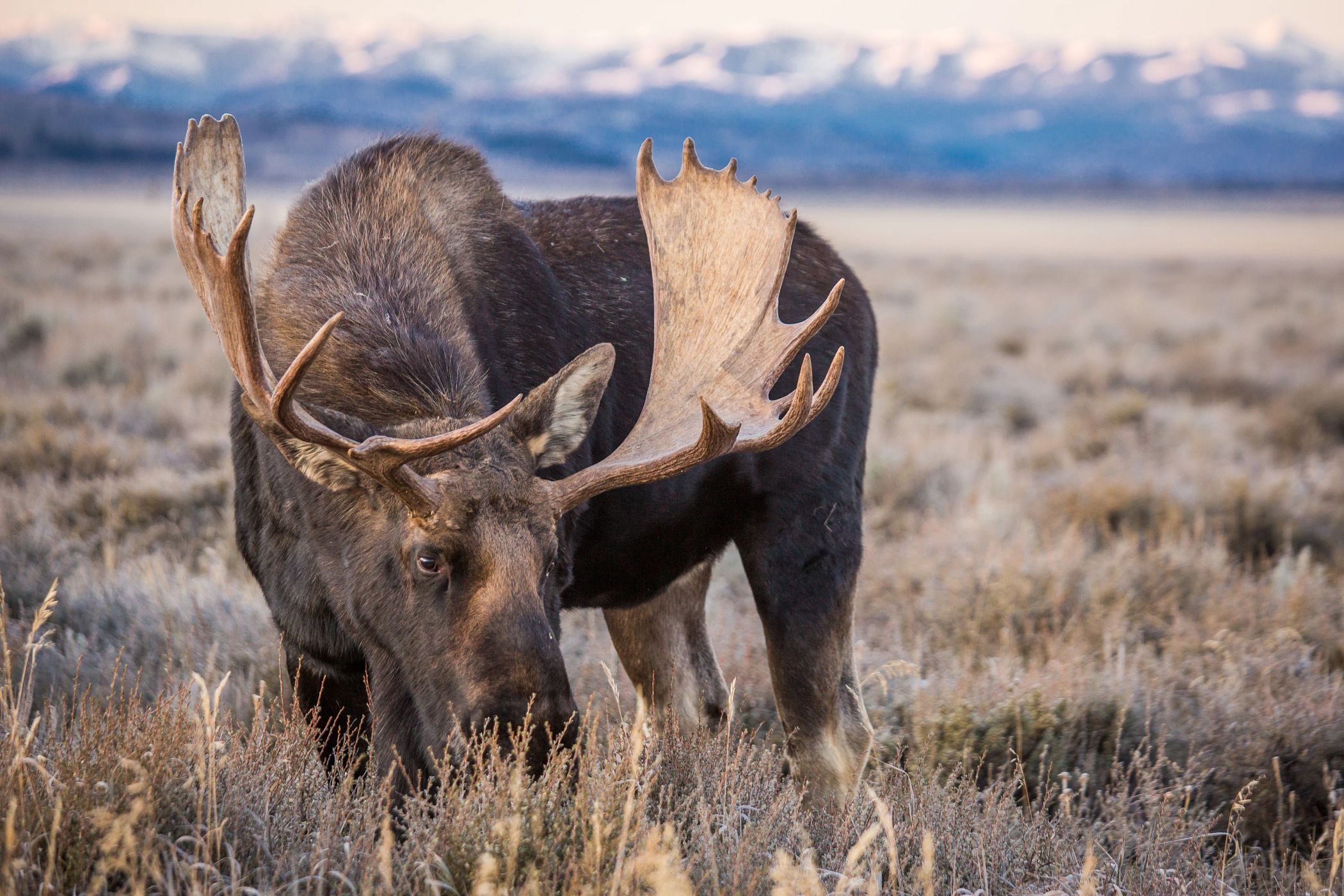
- A baby moose can outrun humans by the time it's just five days old — not years, not months…days!
- A full-grown moose can run up to 35 miles per hour and dive 20 feet underwater, which is especially amazing considering they commonly weigh 1,000 pounds or more.
Bison
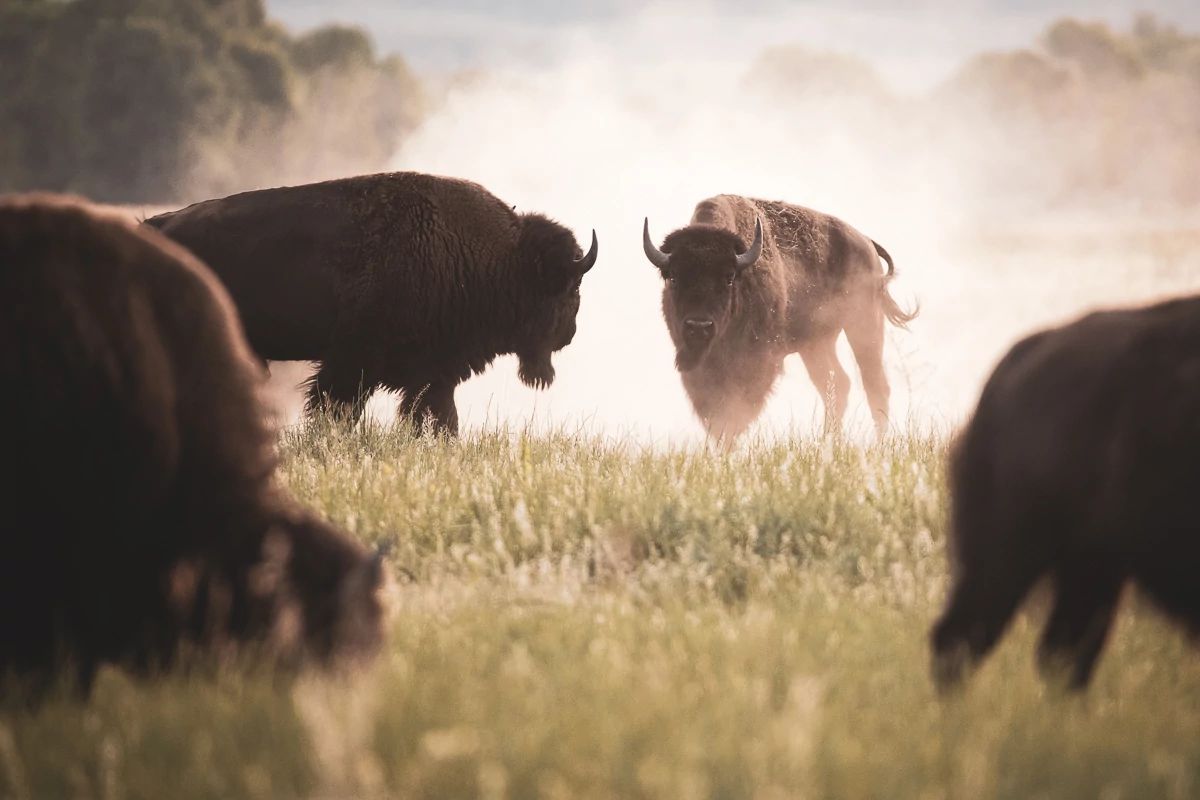
- Bison are the largest land mammal in North America. They weigh a ton (literally, as in 2,000 pounds).
- Despite weighing a ton, they have a vertical jump of up to 6 feet.
- The Wyoming state flag features a bison, not a buffalo. Buffalos are only found in Africa and Asia.
- Yellowstone is the only place in the United States where bison have lived continuously since prehistoric times.
Grizzly Bears
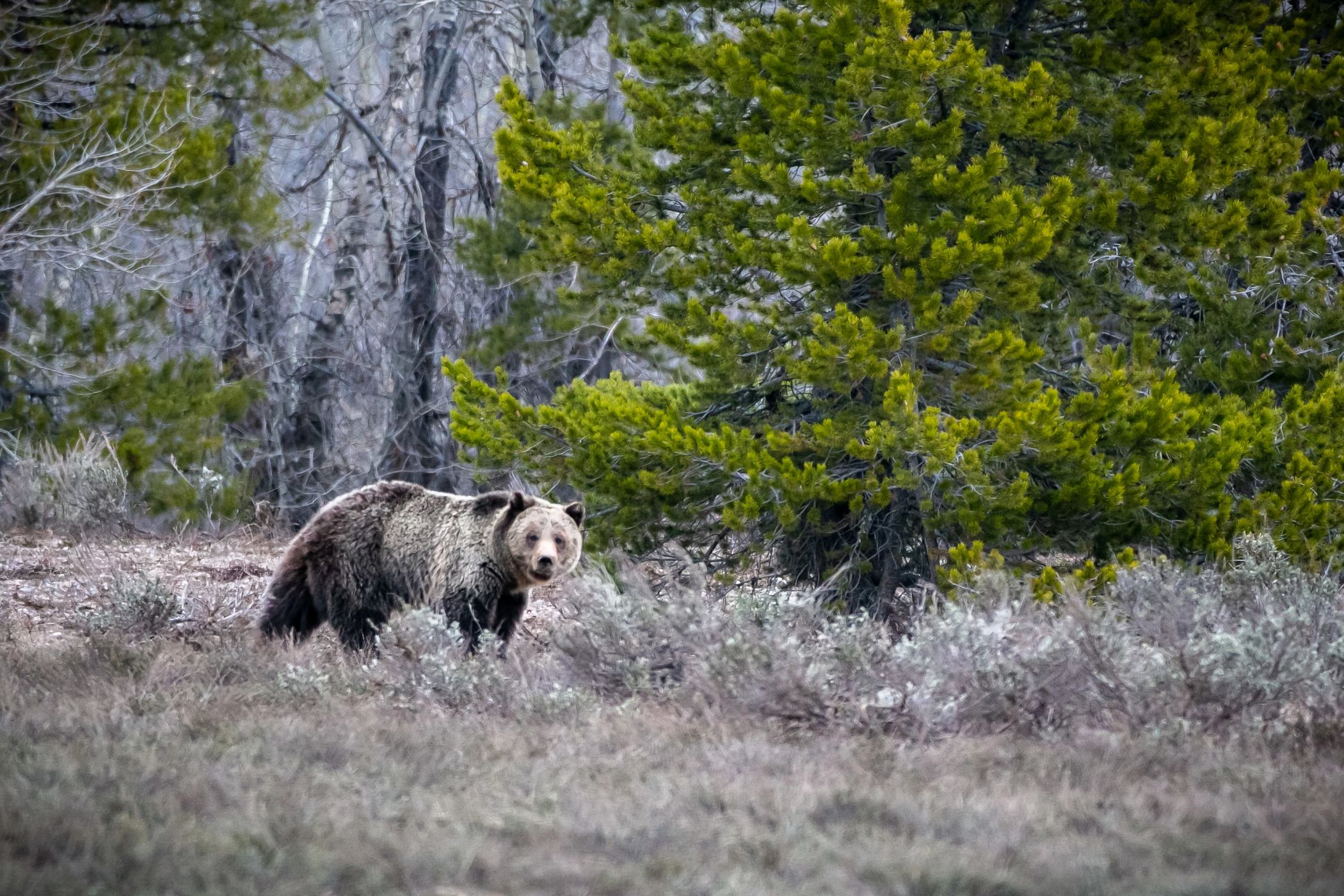
- Bears don't hibernate. They enter a similar state known as "torpor" and can actually wake quite suddenly if they sense danger.
- They can run up to 35 miles per hour. So don't try to outrun it if you encounter one. Not even Usain Bolt would win that race. (Please review NPS's Bear Safety Guidelines).
- Their back hump, which differentiates grizzlies from black bears, is actually a large muscle that gives them additional strength for digging.
- We share our home with the world's most famous bear. 399 is a 26-year-old grizzly bear who doesn't seem to shy away from the paparazzi. You can often find her hanging out near the roads leading into Grand Teton National Park (please keep your distance). She has four 2-year-old cubs who just separated from her to forge their own path.
Black Bears
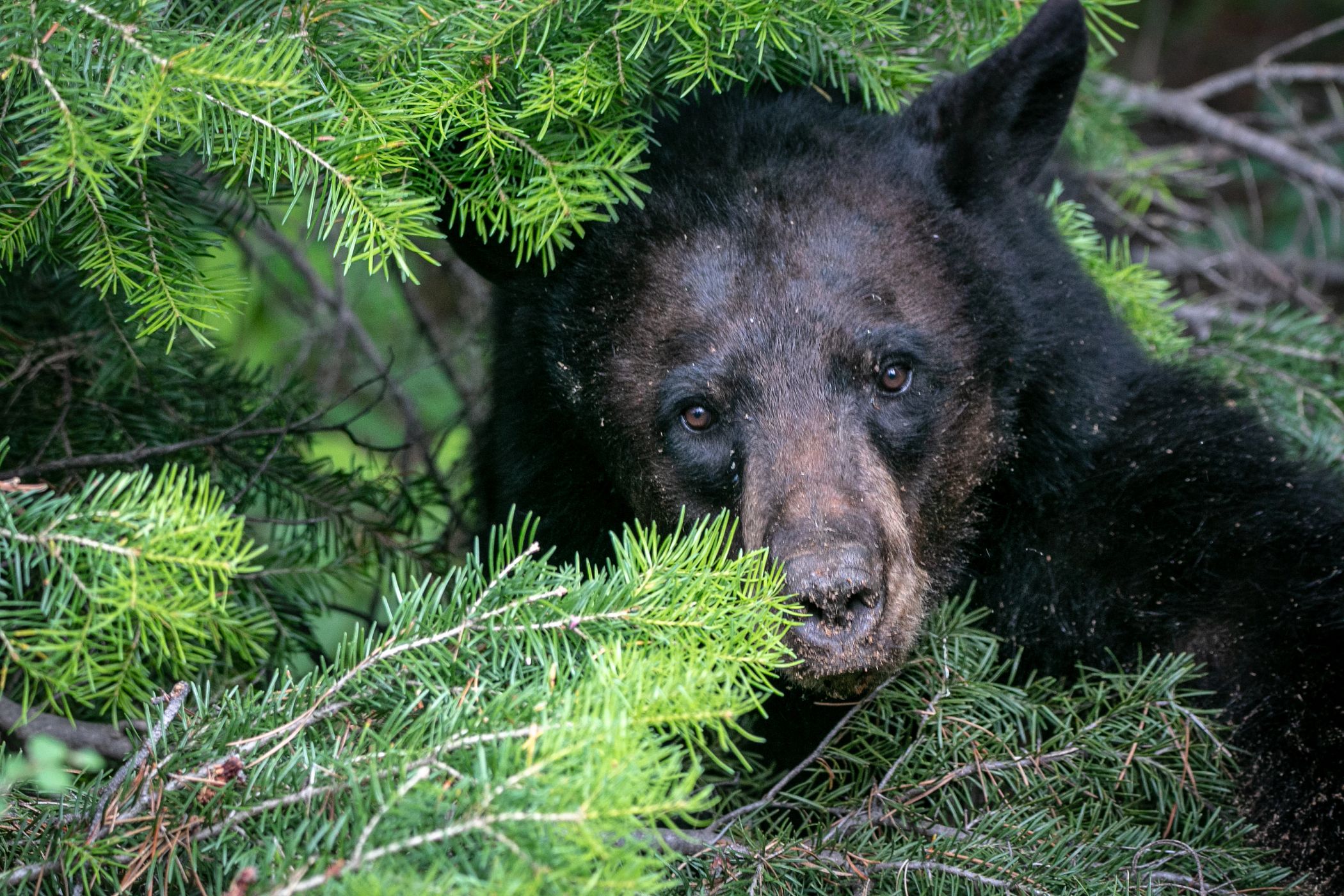
- Due to their strong curved claws, black bears are great at climbing trees.
- Despite their name, black bears are not always black! Because of this, they are often mistaken as grizzly bears.
Elk
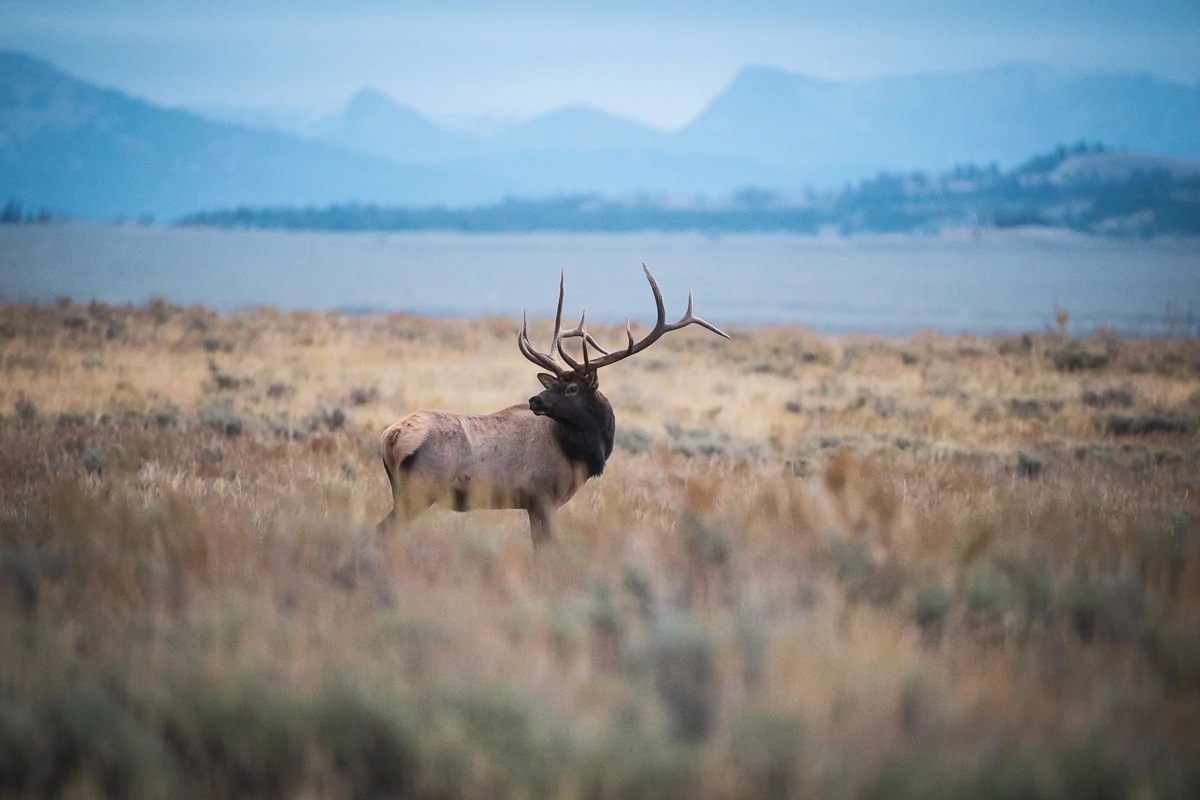
- The National Elk Refuge, located in Jackson just 20 minutes from the resort, is home to roughly 5,000 elk in the winter. They disperse to the surrounding areas in the Spring-Fall.
- Elk are the loudest member of the deer family. If you're lucky, you'll hear the majestic bugling sound males make to attract mates in the fall. The sound is truly magical, like something out of mythology.
Mountain Lions
- Pumas, cougars, panthers, and mountain lions are all the same animal.
- Mountain lions would take home the gold in both the high jump and long jump. They have a vertical leap of 15 ft and the ability to jump 40 ft from a standstill.
Bighorn Sheep
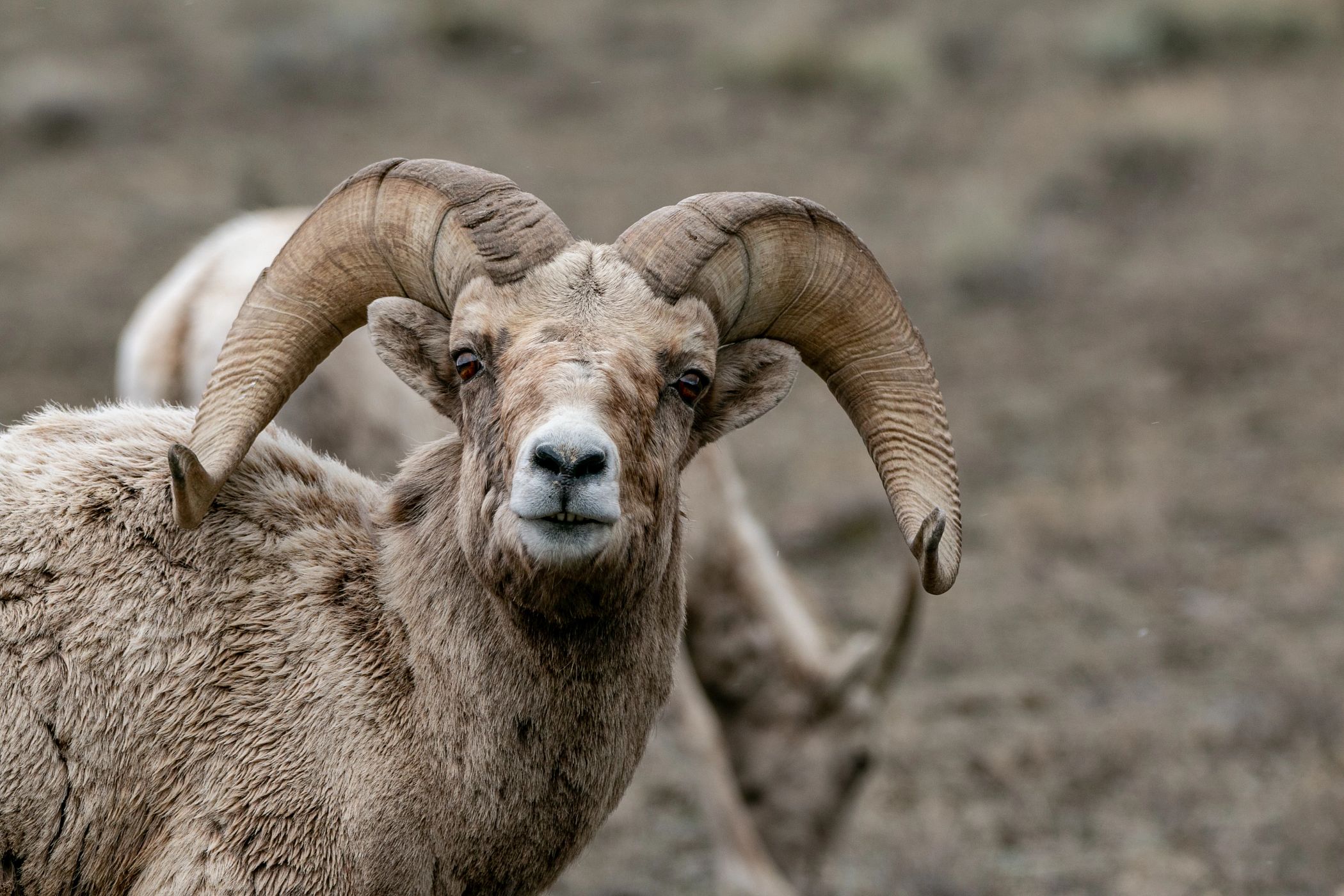
- You can tell how old a male bighorn sheep is by counting the number of rings on its horns.
- Bighorn sheep have rectangular pupils to allow them to see predators approaching from their peripheral vision.
Pronghorn
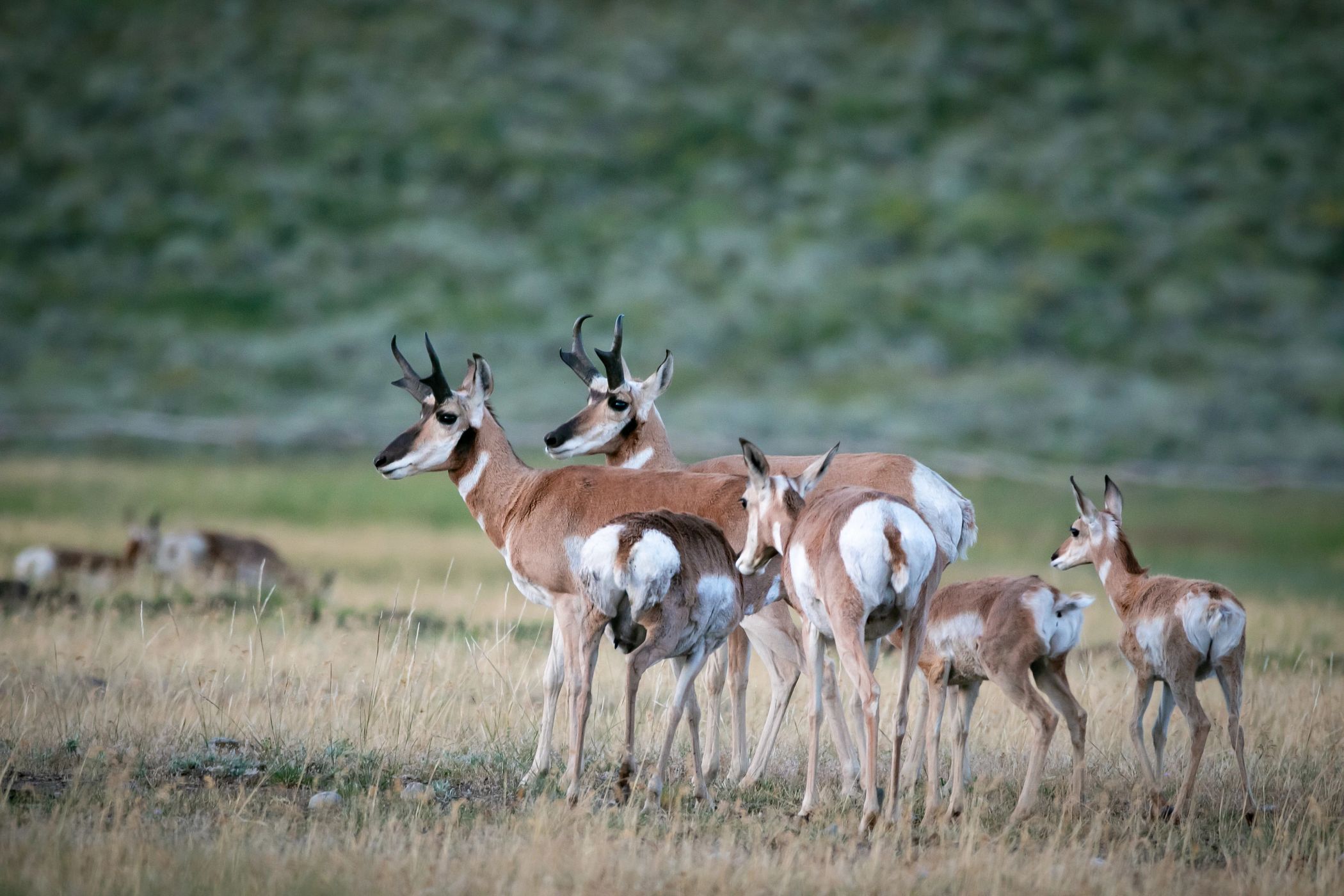
- With a max speed of 60mph, they are the fastest land animal in North America, and 2nd fastest in the world, only trumped by the cheetah. However, pronghorn can sustain their speed longer than a cheetah can.
- They participate in one of the world's last long-distance land animal migrations. Every spring and fall, hundreds of pronghorn travel 170 miles to and from Grand Teton National Park and Upper Green River Valley. This spectacular migration is known as the "Path of the Pronghorn."
Pretty wild, right? You definitely don't want to mess with animals that can jump 40 feet, run faster than any human ever has, or charge at you with 2000 pounds of mass. We're happy to share this land with such amazing creatures, and hope you get to experience it along with us. You may even be lucky enough to get a unique overhead view of moose, elk, or other amazing animals from the safety and comfort of our Aerial Tram or gondolas if you purchase a sightseeing ticket. To increase your chances of observing our astonishing animal friends, check out the National Park Service's list of wildlife viewing areas in Grand Teton National Park. However, this is the wild; it's important to remember that we are in their home - not the other way around.
From The Blog
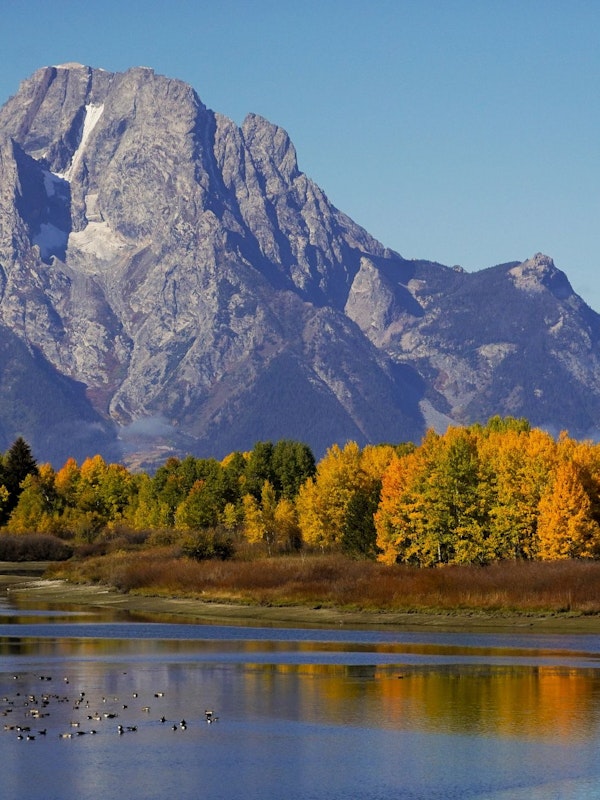
Fall in the Tetons
While every season brings its own unique beauty, I personally find fall to be the most stunning. The changing tone of the leaves adds pops of color that help bring out the rugged features of the terrain. Every drive feels magical again, even if you've been driving that same road every day of the year. And the cool, crisp air energizes you, like the purest cup of coffee imaginable.
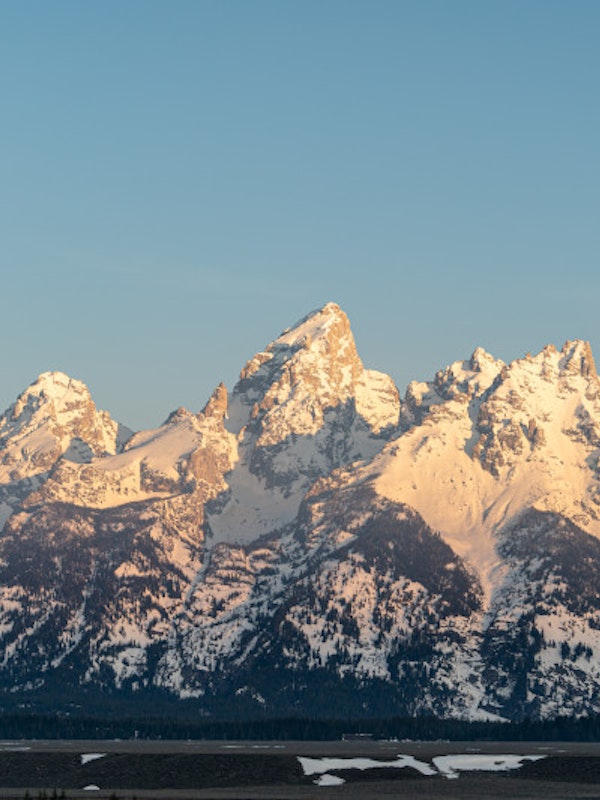
Grand Teton National Park: Photo Tour
Winter is in the rearview, spring is here, and summer is on the horizon. As the seasons change, Grand Teton National Park's coat of white slowly ascends to the upper reaches of the peaks and inner-park roads open to visitors from Jackson Hole and beyond.
